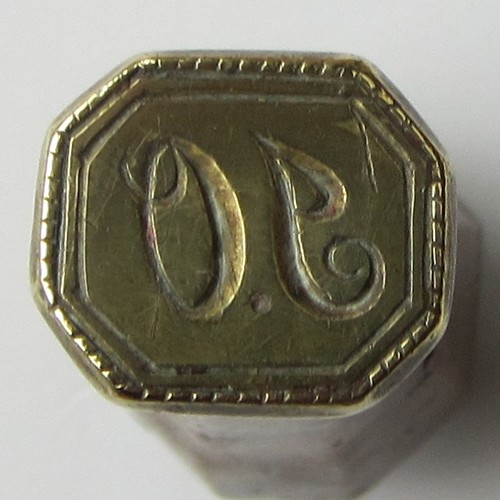At the time of Griffith’s Valuation in 1856-57 Martin Carey was the occupier and owner or ‘immediate lessor’ of a house, offices and yard on Main Street, Newport. He also had an interest in nearly 30 acres of land and a house occupied by Daniel Carey at Drumlong, to the east of Newport.
Over the second part of the 19th century Martin Carey became one of top, if not the prime business man in Newport. He built up an agricultural supplies business and bought a mill as well as running a range of shops including a furniture store.
When Captain Wyndham died in 1869 Martin Carey may have bought the Wyndham land around Clogher to the north east of Westport. If not then, the sale will have been via intermediaries during the 1870s and 80s because when Arthur Oram’s diaries started in 1887 Arthur was agent for Martin Carey’s tenanted lands at and around Clogher.
John Oram and Martin Carey seem to have been friends as well as business associates. In 1889 John Oram was farming in Lovington, Somerset where he kept bees in a bee wall. On 11 October 1889 John reported in his diary: “.. sent barrel of apples to Mr Carey.” On 24 October Arthur reported: “Got Honey at Mr Careys, came in apple barrel from Lovington.”
Martin Carey’s will
From Arthur’s diaries:
4 August 1909: “ ..post car arrived (H Berry) about 12.00 to say Mr Carey had died about 10.30. I go to Marine Villa assist Miss Lavelle etc Rev J O’Toole there Messrs Murray & Ryan arrive by train. Body coffined & removed to R.C. Church 7pm.”
5 August 1909: “…met car coming for me with note from Miss Lavelle letter from Mr Clancy Sol of Messrs D&T Fitzgerald. I wire them for Miss L & self to come & bring all [?ing] documents….”
6 August 1909: “ Berry’s Car here for me 9 o’c. Met Mr Clancy at Stn we attend High Mass & go to Marine Villa, will of Mr Carey read by Mr Clancy, by no means what people expected….”
Martin Carey’s last will was complicated in a number of ways including:
- There were six codicils,
- The will did not cover all his real estate, that included Clogher,
- His niece Barbara Burlingaine who lived in Chicago, USA made sure that the estate was in the hands of the lawyers for four years by arguing that Martin Carey was in no fit state to make a will.
The Oram family’s story, as written down in 1970 is:
“Arthur had always understood from his employer, Mr. Carey of Newport that as Mr. Carey had no children of his own, on his death he would leave his estates to him. But Mr. Carey left no will in respect of the estates and these were later sold for £30,000. Arthur was one of the executors of the will and as distant relations of Carey’s had tried to upset things, Arthur as executor briefed the famous Irish lawyer Tim Healy. The executors won the case and Arthur (an ardent Protestant) handed over £10,000 for the Catholic church in Newport which is still the pride of that district today.”
The complicated story was covered by the press, including by:
- Connaught Telegraph on 22 January 1910
- Irish Independent on 16 June 1910
- Irish Independent on 17 June 1910
Arthur Oram, who Martin Carey had appointed as one of his five executors was mentioned in the Connaught Telegraph article as being appointed ‘administrator and receiver over the property’. In October 1907, about two years before Martin Carey died Arthur mentioned in his diary that he “.. got formal registration of Mr M McGrail as secretary to Carey Ltd. Attended meeting (first) of Carey Ltd.” So Arthur was on the board prior to helping run Carey Ltd while the will was being settled. There are plenty of entries in Arthur Oram’s diaries about the disputed will, including court appearances in Dublin .
It was not until 23 September 1913 that Arthur recorded that he received the probate of Martin Carey’s will. At the end of 1913 Arthur comments “The past has been a year of prosperity and notwithstanding the continued illness [arthritis] of my wife & the death of eldest brother in America there has been much to be thankful for.”
This means that over four years passed between Mr Carey’s death in August 1909 and probate being granted in September 1913. The matter was not concluded then as on 28 January 1915 Arthur reported “I go to Newport & meet Mr Hall surveyor sent by Estate Duty Office to value late Mr Carey’s property.”
We can see part of Martin Carey’s legacy in the the form of Newport Catholic Church, but how much of the rest of his estate reached the beneficiaries and how much vanished in legal costs and Arthur’s fees?
Recommended link to Our Irish Heritage website: Martin Carey, Entrepreneur


